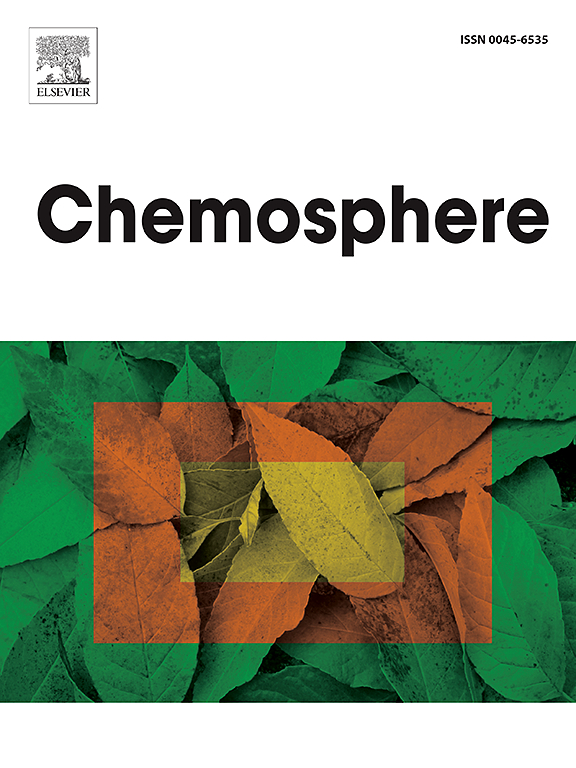Integrating surface chemistry properties and machine learning to map the toxicity landscape of superparamagnetic iron oxide nanoparticles
IF 8.1
2区 环境科学与生态学
Q1 ENVIRONMENTAL SCIENCES
引用次数: 0
Abstract
The relationship between Superparamagnetic Iron Oxide Nanoparticles (SPIONs) surface chemistry and their toxicological outcomes is crucial for biomedical applications, including drug delivery and imaging diagnostics. SPIONs' surface properties—such as size, shape, type of coating agents, and charge—are directly linked to their interactions with the biological environment, significantly affecting their toxicity. Surface chemistry plays a significant role in determining biocompatibility, cellular uptake, and the potential for adverse reactions. This study focuses on building a classification and prediction model based on the experimentally obtained properties and linked with the calculated molecular descriptors to describe the nature of the various coatings used for SPIONs in such a combined mode. The predictive model helps identify how specific surface modifications, including coating types and functional groups, influence toxicity responses. The results that were obtained, which correlate well with the existing literature, confirm the effects of surface chemistry on toxicity. For instance, the model accurately predicts that chitosan derivative coatings with a higher positive charge exhibit toxic potential, which aligns with previous findings. Incorporating these experimentally obtained surface features into a predictive framework enables the design of safer SPION formulations, enhancing therapeutic efficacy while managing surface chemistry's effects on toxicity.

结合表面化学性质和机器学习来绘制超顺磁性氧化铁纳米颗粒的毒性景观
超顺磁性氧化铁纳米颗粒(SPIONs)表面化学及其毒理学结果之间的关系对生物医学应用至关重要,包括药物传递和成像诊断。SPIONs的表面特性——如大小、形状、涂层剂的类型和电荷——与它们与生物环境的相互作用直接相关,从而显著影响它们的毒性。表面化学在决定生物相容性、细胞摄取和潜在的不良反应方面起着重要作用。本研究的重点是建立一个基于实验得到的性质,并与计算得到的分子描述符相联系的分类和预测模型,以这种组合模式描述用于SPIONs的各种涂层的性质。该预测模型有助于确定特定的表面修饰(包括涂层类型和官能团)如何影响毒性反应。所得结果与已有文献吻合较好,证实了表面化学对毒性的影响。例如,该模型准确地预测了具有较高正电荷的壳聚糖衍生物涂层具有毒性潜力,这与先前的发现一致。将这些实验获得的表面特征整合到预测框架中,可以设计更安全的SPION配方,提高治疗效果,同时控制表面化学对毒性的影响。
本文章由计算机程序翻译,如有差异,请以英文原文为准。
求助全文
约1分钟内获得全文
求助全文
来源期刊

Chemosphere
环境科学-环境科学
CiteScore
15.80
自引率
8.00%
发文量
4975
审稿时长
3.4 months
期刊介绍:
Chemosphere, being an international multidisciplinary journal, is dedicated to publishing original communications and review articles on chemicals in the environment. The scope covers a wide range of topics, including the identification, quantification, behavior, fate, toxicology, treatment, and remediation of chemicals in the bio-, hydro-, litho-, and atmosphere, ensuring the broad dissemination of research in this field.
 求助内容:
求助内容: 应助结果提醒方式:
应助结果提醒方式:


